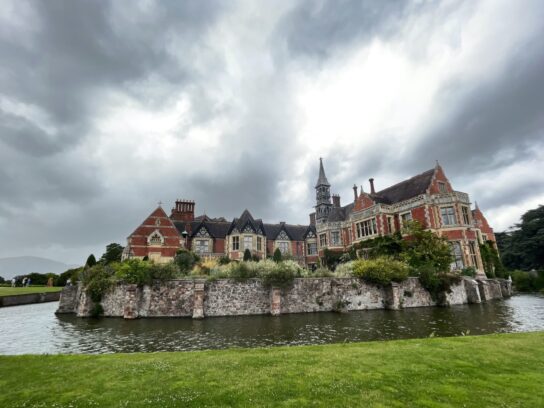
Today “adventure travel” usually means getting on a plane, flying for a few hours to an exotic location like the Ngorongoro Crater in Tanzania, and watching wildebeest migrate while sipping white wine in a “glamping” tent.
In 1641 my great-g-g-g-g-g-g-g-g-grandfather, Thomas Ligon, got aboard a leaky, primitive vessel, sailed for 45 days across the stormy Atlantic, landed at Jamestowne, and with a seven-foot rifle fought off seven Indian warriors, who were attacking him, a widow, and her children in her log cabin.
Now THAT’S adventure travel!
Thomas Ligon (a.k.a. Lygon) left England at age 19 because he was a second son, unlikely to inherit the family fortune and massive moated mansion, Madresfield Court, in Worcestershire. In Virginia he prospered under the patronage of his cousin, Sir William Berkeley, the Royal Governor of the colony, eventually amassing over 4000 acres of land. Ligon was appointed the Surveyor of Henrico County and commissioned Lieutenant Colonel of the county militia. The rifle he used to defend the widow Sara Woodson and her two young boys is still preserved and is on display at the Virginia Museum of History and Culture in Richmond.
In America the Ligon family prospered and spread, now numbering about 8,000 with that surname and many tens of thousands of others who also descend from the intrepid Colonel.
Bizarrely, I descend from Col. Ligon on both my father’s side AND my mother’s side, since both lines trace back to Tidewater Virginia and Jamestowne, and my great-g-g-aunt Evelyn Vaughan is my aunt on my mother’s side and my fathers’. I am my own cousin!
Even more amazingly, my wife Susan Little is also a Ligon descendant, and is my ninth cousin once removed! We did not discover that fact until we had been married for 22 years, when I worked on her genealogy and proved that she descends from Thomas Ligon’s son William, and I descend from daughter Joan.
Of the tens of thousands of Americans who descend from the Colonel, 285 are members of the Ligon Family and Kinsmen Association (LFKA), who have proven to high genealogical standards that they are indeed descendants of Colonel Ligon. The LFKA got started in the 1930s, when Sir William Lygon, 7th Earl of Beauchamp, living at Madresfield Court, invited William Ligon, Jr. of Virginia to spend his summer vacation in England at the 4000-acre estate.
What does all this boring genealogy have to do with “Travel Tales,” the title of this column? Well, about every ten years since the 1930s, the American Ligons and the English Lygons have had a huge family reunion at Madresfield Court, celebrating their amazing history. The American branch travels to England to reunite with their English cousins, despite the 400-year gap. This is likely the oldest trans-Atlantic family reunion in the country. The latest reunion happened earlier this year, and next month’s Travel Tales column will describe this LFKA reunion, and the incredible 900-year history of Madresfield Court.
While the Ligon family reunion goes back to the 1930s, the oldest family reunion in the US is the annual Siler Family Meeting of Franklin, North Carolina, which goes back, uninterrupted, to 1851. The family all descends from Plikard and Elizabeth Siler, German sweet potato farmers who came to America in 1741 on the vessel Two Sisters.
According to the Guinness Book of World Records, the largest family reunion in the world was the 2009 Lilly family reunion, held in Flat Top, West Virginia, with 2500 attendees. The family was founded by Robert Lilly (c. 1745—c. 1817).
The Travel Industry Association of America estimates that about 30 percent of American adults have attended a family reunion in the last three years. If you are missing out on this fun travel opportunity, you need to do your family genealogy. Begin by interviewing your parents and grandparents about their ancestors, lives and experiences – and write it all down! Get them to take DNA tests. Then use Ancestry.com or other similar service to start tracing their roots. If you are lucky you will find a “gateway ancestor” (like my Col. Ligon) who came over from Britain or Europe and has a known, proven genealogy in the Old World.
If your ancestry is African-American, don’t give up! I have had great success helping Black families trace their roots back to the 1860 slave ship Clotilda, Thomas Jefferson’s Monticello, James Madison’s Montpelier plantation, the White House during the War of 1812, Civil War service, to Matthew Henson, co-discoverer of the North Pole, and to Josiah Henson, the heroic inspiration for Uncle Tom’s Cabin. While it is true that before 1870 Black genealogy is difficult (but not impossible), still that is 153 years ago, or about six or seven generations. If you can trace your family back that far, you will doubtless have a more substantial family tree than most of your white neighbors, many of whom cannot even name their great-grandparents.
Whatever your ethnicity, keep digging and perhaps you will find an important family name, a family reunion, and some great adventurers in your background. Maybe you, too, will soon be able to travel to a family reunion of the Silers, Lillys, or Ligons — or start your own!
Photos courtesy Lew Toulmin
- Madresfield Court, a moated manor house in Worcestershire with 160 rooms, has never been sold, dates back over 900 years, and has been continuously in the possession of the Lygon family all that time. It has inspired world-class literature and music and was designated as a Royal Refuge in two wars.
- 2. A historical marker in Chesterfield County, Virginia marking the location of Lt. Col. Thomas Lygon’s plantation, near Richmond. While in Virginia he changed his name from Lygon to Ligon, so the American branch of the family uses that spelling.
- 3. The Ligon/Lygon family coat of arms. A Ligon descendant, Thomas Watkins Ligon (1810-1881) was the 34th Governor of Maryland.
- 4. An artist’s conception of early Jamestowne, Virginia. Thomas Ligon (1623-1675) arrived in the New World in 1641 at Jamestowne and became the founder of the American branch of the Ligon family that now numbers in the tens of thousands.
- 5. Sir William Berkeley was the cousin and patron of Lt. Col. Thomas Ligon and appointed him as Surveyor of the then-huge Henrico County. This position allowed him to spot the best land parcels, and assemble excellent holdings of 4000 acres. Takeaway lesson: to get rich today, pick some ancestors to inherit from, who arrived early and were well connected!
- 6. The .80 caliber Ligon/Woodson rifle is 7 feet 4 inches long, is classified as an “English Long Fowler,” and is on display at the Virginia Museum of History and Culture in Richmond. Family legend states that Col. Ligon killed seven Indian warriors with this gun, while defending Sara Woodson and her two children, on April 18, 1644, in Prince George County, Virginia during the Third Anglo-Powhatan War.
- 7. Evelyn Vaughan (1802-1891) is my great-g-g-aunt on my mother’s side and on my father’s. (I am my own cousin!) She married Luke White, M.D. of New Hampshire, and they lived and died in Petersburg, Virginia.
- 8. The 172nd annual Siler family meeting of August 2023 in Macon County, NC involved 177 Siler descendants, and has been described by National Geographic and other sources as the “oldest continuous annual family reunion in the US.” In October 1865 the Siler family issued a proclamation stating that the family had sided with the Confederacy, but, “Resolved, though we have lost so many noble friends, our country is filled with widows, orphans and disabled veterans, our servants are liberated and our currency worthless, we will not despair, but will go to work like the faithful ant to repair the desolation…and will be a great and happy people.”
- 9. The Lilly family reunion in Flat Top, West Virginia is rated as the largest on the planet, with 2500 attendees. The three-day reunion started in 1930 and usually includes country music, a visit from the Governor of West Virginia, and attendees from over 20 states and several foreign countries.























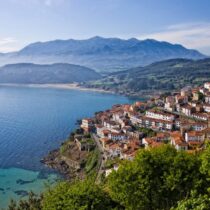
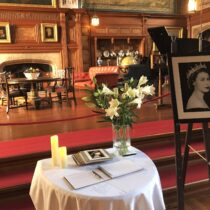

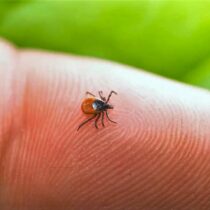
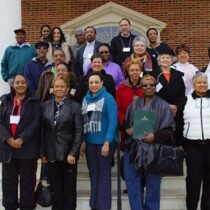



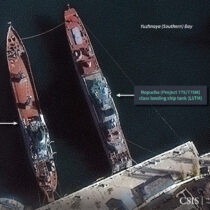
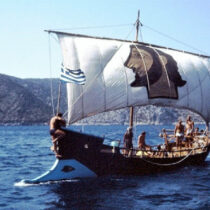
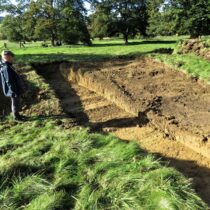
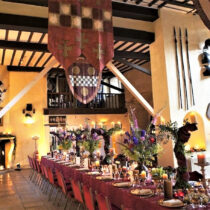

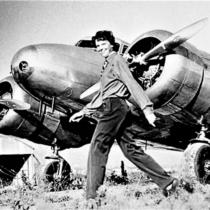
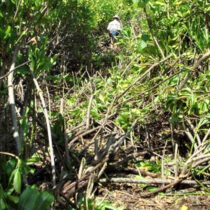
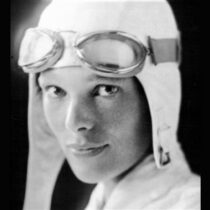
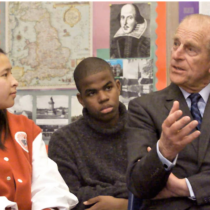


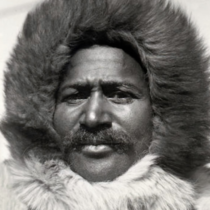
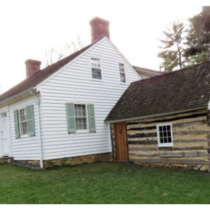
Comments are closed.